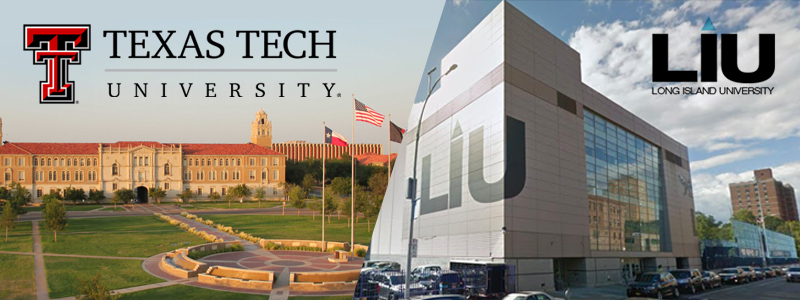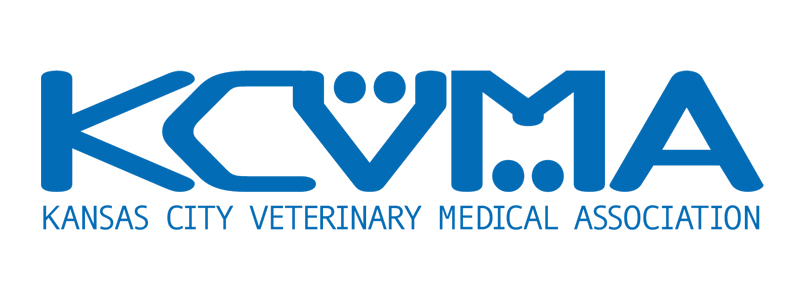BY: SAMANTHA BARTLETT, DVM
Currently there are 30 accredited veterinary schools in the United States. Two of these schools, Midwestern in Arizona and Lincoln Memorial in Tennessee, opened as recently as 2014. Midwestern is a private school operating out of Glendale, AZ. Lincoln Memorial, located in Harrogate, TN, is also a private institution. Lincoln operates under a more European model for veterinary schools with a 6-year program that provides students with both a bachelor of arts and a doctor of veterinary medicine.
The University of Arizona is working on obtaining a letter of reasonable assurance from the AVMA’s Council on Education (COE) to proceed with opening their doors to students and seek accreditation. The letter of reasonable assurance is awarded by the COE prior to a school achieving full accreditation status and allows students to access loans under Title VII of the US Public Health Act. UA has been seeking the go ahead from the COE since 2013 but was not approved on their first round. If the UA program meets standards this time, they hope to open their doors in 2020.
The University of Arizona model aims to cut overall costs of attendance in a few different ways. First, they propose to shorten the traditional school breaks so that students spend less overall time seeking their degree and graduate earlier than the traditional 4-year program. Second, UA will not be building a teaching hospital and will instead use local practices for clinical training. By not building a teaching hospital, UA can pass some of the savings to students by lowering tuition.
In another recent announcement, Texas Tech has received approval from the Amarillo City Council to receive funding for the development of their planned veterinary school. Currently Texas A&M is the only veterinary campus in Texas. If Texas Tech can get funding and necessary approval as planned, they hope to begin construction by October 2019 and admit their first students in the fall of 2021. Also, in the early proposal stages, Long Island University is pushing for the development of a veterinary school on their campus in New York.
In addition to the creation of new veterinary schools, many existing entities have increased class sizes in an effort to bring in more money to make up for decreased government funding. This expansion of class size and number, has a few veterinarians worried about the future of the industry. Concerns have been voiced about the potential glutting of the market with new grads for which there may be no job opportunities. Many of these fears arose out of the recession in 2009 but seem to be unfounded at present.
The AVMA published its 2017 economic reports on the state of the veterinary profession including markets for veterinary education, veterinary services and veterinary employment. In this report, the AVMA analyzes the national economic health and trends and extrapolates forecasts for the veterinary profession. The profession is greatly affected by the economy and the consumer’s disposable income.
In 2016 there were almost 108,000 veterinarians actively engaged in the profession with 17,000 veterinary students. Veterinary unemployment was 1.7% compared to the national average of 4.6%. The veterinary profession has also been experiencing a negative underemployment and for the first time, the number of veterinarians wishing to decrease their hours for decreased compensation was larger than the number wishing to increase their hours for increased compensation. Based on these numbers, the AVMA estimates 3,391 new veterinarians would be needed to fill the gaps in the work force created by underemployment. To support this, 2016 saw a record number of new graduates securing full-time employment before graduation at 64.4%. There was also a significand decrease in the number of new grads in 2016 that did not find employment or receive an invitation for further education.
In summary, the current economy seems to be able to support the influx of new graduates from the added classroom seats. In fact, the current market for veterinary employment could even be called competitive with increased salaries and more employment opportunities per applicant. The future is difficult to predict, but the next recession may well change these numbers and many new future grads may have difficulty finding work. The 2017 economic reports can be downloaded from the AVMA website.











